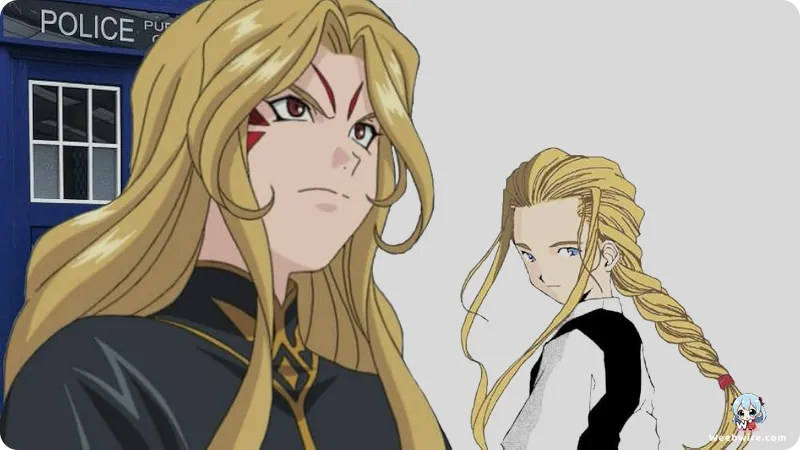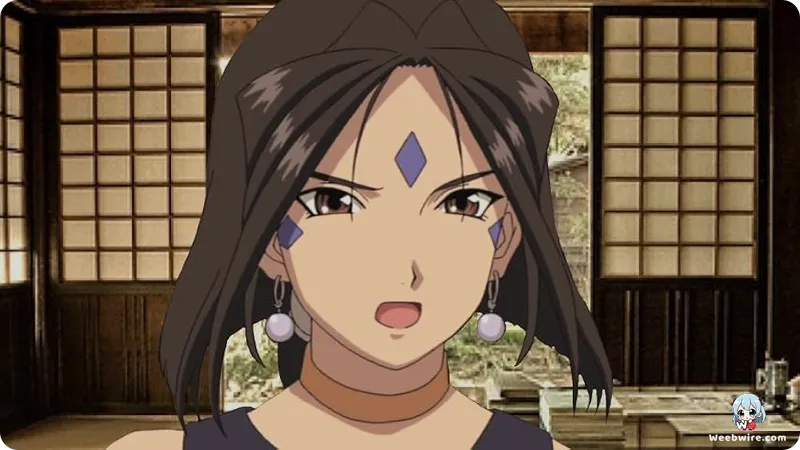Unveiling Celestial Secrets: The Enduring Legacy and Hidden Depths of Oh! My Goddess

For decades, the captivating universe of Oh! My Goddess has enchanted audiences, weaving together a delightful tapestry of romantic comedy, supernatural intrigue, and profound emotional storytelling. While many fans are intimately familiar with the core premise—the endearing tale of a college student, Keiichi Morisato, whose accidental summoning of the goddess Belldandy leads to an eternal wish for her companionship—a wealth of fascinating, lesser-known facts and intricate trivia lies beneath the surface, enriching this cherished series even further. The 2005 television adaptation by AIC masterfully brought these elements to a broader global audience, firmly cementing its status as an anime classic.
At the heart of Oh! My Goddess lies the remarkable longevity of its source material. Kosuke Fujishima's original manga, known as Aa! Megami-sama in Japan, boasted an astonishing 26-year serialization, spanning from 1988 to 2014 and accumulating an impressive 48 tankōbon volumes. This extensive run allowed for unparalleled character development, meticulously crafted world-building, and a beautifully organic progression of Keiichi and Belldandy's relationship, all of which the anime diligently sought to translate, providing an exceptionally rich narrative foundation.
The Norns' Influence on Character Names
A particularly delightful piece of trivia concerns the very nomenclature of the three celestial sisters: Belldandy, Urd, and Skuld. These names are directly inspired by the Norns—Urðr, Verðandi, and Skuld—from ancient Norse mythology. These powerful female entities are believed to govern the destinies of both gods and mortals, weaving the intricate threads of fate. This mythological resonance is far more than a mere stylistic choice; it subtly underscores the goddesses' inherent roles and divine powers within the series, particularly Belldandy's serene guidance, Urd's often chaotic influence on the present, and Skuld's foresight and technological acumen linked to the future. It imbues a layer of classical depth into what might initially appear as a straightforward romantic comedy.
The series' central premise itself hinges on a truly serendipitous and humorous accident. Keiichi's initial interaction with the 'Goddess Relief Agency' was, in fact, a prank call—a simple wrong number that unexpectedly led to Belldandy's celestial arrival. His subsequent, flustered wish for her to remain with him 'forever' was born out of pure surprise and polite deference, rather than a premeditated, deep-seated yearning for a divine companion. This accidental genesis charmingly subverts conventional 'magical girlfriend' tropes, highlighting the innocence and purity that define the series' core. It is not about a grand, elaborate desire, but a simple, almost childlike request that blossomed into an extraordinary, profound connection.
Celestial Bureaucracy and Divine Limitations
Fans frequently laud the unique 'rules' that govern the goddesses' otherworldly existence. They are bound by intricate celestial contracts, and their formidable powers are meticulously regulated by a complex system of licenses and heavenly bureaucracy. This is not merely a convenient plot device; it consistently generates both genuinely humorous situations and authentic conflict, as the goddesses must skillfully navigate their divine responsibilities while endeavoring to live a relatively normal human life. For instance, a goddess's power can be significantly curtailed if their license is temporarily revoked or if they incur 'bugs' within their system, leading to temporary loss of abilities or unexpected side effects. This seamless blend of the mundane and the magical is a hallmark of the series' enduring charm.
Urd's Dual Heritage and Dynamic Personality
Another intriguing fact pertains to the character of Urd, the second goddess to make her appearance. Her distinctive heritage as half-goddess and half-demon is a pivotal aspect of her dynamic personality and formidable powers. This dual nature elegantly explains her frequently mischievous, occasionally chaotic behavior, as well as her mastery of potent potions and spells that sometimes yield unpredictable results. It serves as a fantastic vehicle to introduce both conflict and humor, providing a sharp contrast to Belldandy's serene demeanor and Skuld's more scientific approach to problem-solving. Her personal journey to reconcile these two fundamental aspects of her being constitutes a subtle yet captivating character arc.

The Studio Behind the Magic
The animation studio responsible for meticulously bringing the 2005 TV series to vibrant life was AIC (Anime International Company), a studio highly regarded for its exceptional work on other beloved anime classics such as Tenchi Muyo! and Bubblegum Crisis. While Bandai Visual played a crucial role as a key producer and distributor, AIC served as the primary creative force behind the animation, successfully translating Fujishima's detailed character designs and intricate world into a visually stunning and dynamic animated format. Their extensive experience with both romantic comedies and sci-fi elements rendered them an ideal choice for adapting the series, ensuring a consistent visual style and high-quality animation that fans universally cherished.
A Pure and Enduring Romance
Finally, the series is widely celebrated for its wholesome and remarkably pure approach to romance. For a significant portion of the narrative, Keiichi and Belldandy's relationship blossoms through deep emotional intimacy, shared experiences, and mutual respect, rather than overt physical affection. The iconic 'no kissing' rule, particularly prevalent in the earlier stages, evolved into a subtle yet powerful narrative device, emphasizing the profound purity of their bond and skillfully building romantic tension through longing and unspoken desires. This unwavering focus on genuine connection over superficial romance is a cornerstone of Oh! My Goddess and a key reason for its timeless appeal as a heartwarming and truly unforgettable love story. Its unique blend of mythology, slice-of-life comedy, and a deeply felt romance ensures its legacy continues to resonate with new generations of anime enthusiasts.
Credits
Oh! My Goddess (TV)
Author
Kosuke Fujishima
Cover Art
Kosuke Fujishima
Studio
AIC
Publisher
Kodansha
Producers





